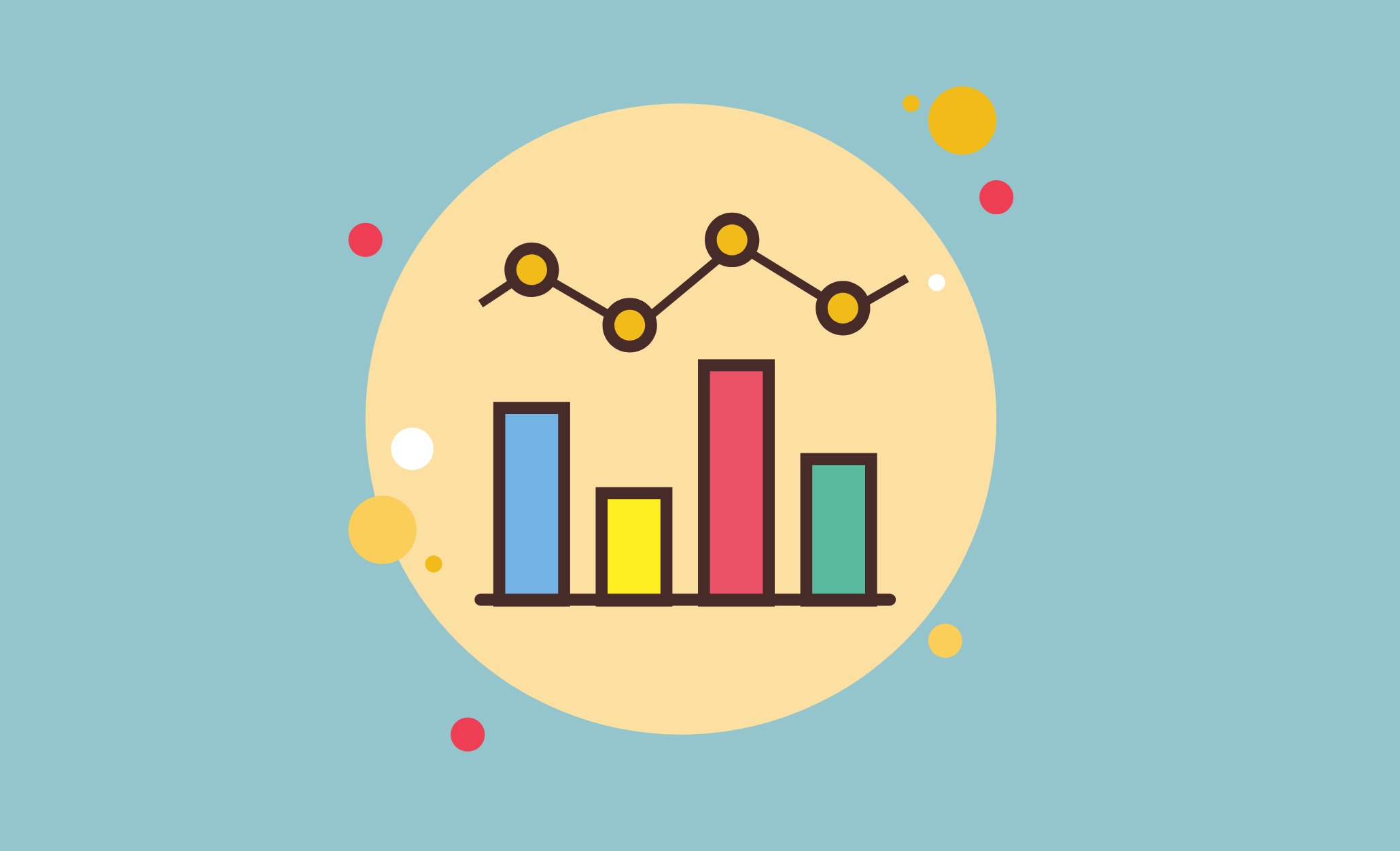In the dynamic realm of digital marketing, understanding social media analytics metrics is akin to having a compass in uncharted waters. As businesses leverage social platforms to engage with their audience, the ability to decipher and utilize these metrics becomes a strategic necessity.
Key Social Media Analytics Metrics

- Likes, Shares, and Comments: Social engagement is the heartbeat of social media. Tracking likes, shares, and comments provide a snapshot of content resonance and audience interaction.
- Follower Growth: A growing follower base signifies expanding reach. Analyzing follower growth helps gauge the effectiveness of content strategies.
- Engagement Rate: Beyond raw numbers, the engagement rate refines the metric lens, measuring the proportion of the audience actively participating in the content.
Reach and Impressions
1. Understanding Reach
Reach encapsulates the unique audience exposed to content. Comprehending reach is fundamental to assessing the potential impact of social campaigns.
2. The Significance of Impressions
While reach counts unique eyes, impressions quantify the total views. High impressions with low reach could indicate multiple views from the same users.
Conversion Metrics
1. Click-Through Rate (CTR)
CTR measures the percentage of users who click on a link, providing insights into the effectiveness of call-to-action elements.
2. Conversion Rate
Beyond clicks, conversion rate scrutinizes the journey from interest to action, crucial for assessing the efficacy of marketing funnels.
3. Return on Investment (ROI)
A cornerstone metric, ROI delineates the profitability of social media endeavors, aligning efforts with tangible business outcomes.
Sentiment Analysis
1. Gauging Audience Sentiments
Understanding how audiences feel about a brand or campaign is pivotal. Sentiment analysis tools decode emotions, helping refine marketing strategies.
2. Sentiment Analysis Tools
Various tools, from simple sentiment calculators to advanced machine learning algorithms, assist in dissecting and interpreting audience sentiments.
Content Performance Metrics
1. Most Popular Content
Identifying the content that resonates most with the audience informs future content creation, contributing to sustained engagement.
2. Time Spent on Content
Quality engagement often transcends likes and shares. Monitoring the time spent on content offers nuanced insights into audience interest levels.
Audience Demographics
1. Knowing Your Audience
Demographic insights personalize content. Tailoring messages to the preferences of specific demographics enhances engagement and loyalty.
2. Tailoring Content to Demographics
Understanding age, location, and interests allows for content customization, fostering a deeper connection with the audience.
Competitor Analysis
1. Benchmarking Against Competitors
Analyzing competitor metrics provides a comparative landscape, unveiling areas of opportunity and potential threats.
2. Identifying Opportunities and Threats
By discerning what works for competitors, businesses can refine their strategies and capitalize on gaps in the market.
Platform-Specific Social Media Analytics Metrics
1. Metrics for Facebook, Instagram, Twitter, etc.
Each social platform offers unique metrics. Tailoring analytics to individual platforms optimizes strategy and maximizes impact.
Challenges
1. Data Privacy Concerns
The evolving landscape of data privacy regulations poses challenges. Striking a balance between analytics and privacy is critical.
2. Ensuring Data Accuracy
Inaccurate data leads to misguided decisions. Rigorous data validation processes are imperative to maintain the integrity of insights.
Social Media Analytics Metrics Tools
1. Google Analytics
A robust analytics tool, Google Analytics offers a comprehensive view of website traffic originating from social platforms.
2. Social Media Management Platforms
Platforms like Hootsuite and Buffer consolidate analytics, scheduling, and engagement tools, streamlining social media management.
Interpreting Data Trends
1. Spotting Patterns and Anomalies
Beyond raw data, identifying trends and anomalies requires a keen eye. Continuous monitoring aids in staying ahead of shifts in audience behavior.
2. Making Informed Decisions
Data, when interpreted correctly, becomes a compass for decision-making. Informed decisions steer social media strategies toward success.
Future Trends
1. Predictive Analytics
Anticipating trends through predictive analytics empowers businesses to proactively adapt strategies, staying ahead of the curve.
2. Artificial Intelligence Integration
The integration of AI augments analytics capabilities, automating insights and unlocking new dimensions of audience understanding.
Conclusion
In the ever-evolving landscape of social media, metrics serve as the guiding stars, illuminating the path to digital success. From likes and shares to predictive analytics, understanding and harnessing these metrics is not just a choice but a strategic imperative.
Ready to elevate your social media analytics game? Request a personalized demo from AIM Technologies today and unlock the full potential of your digital presence.
FAQs
How often should I review social media analytics metrics?
- Regular reviews, at least monthly, ensure timely adjustments to content strategies based on evolving audience behaviors.
What role does sentiment analysis play in social media strategies?
- Sentiment analysis guides brands in understanding and responding to audience emotions, fostering stronger connections.
Are platform-specific metrics really necessary?
- Yes, understanding the nuances of each platform’s metrics allows for targeted strategies, and maximizing impact.
How can businesses address data privacy concerns in social media analytics?
- Ensuring compliance with data privacy regulations and transparent communication with users is key.
Is AI integration relevant for small businesses in social media analytics?
- Yes, AI can provide valuable insights even for small businesses, aiding in efficient and data-driven decision-making.


